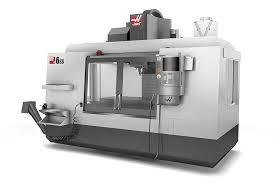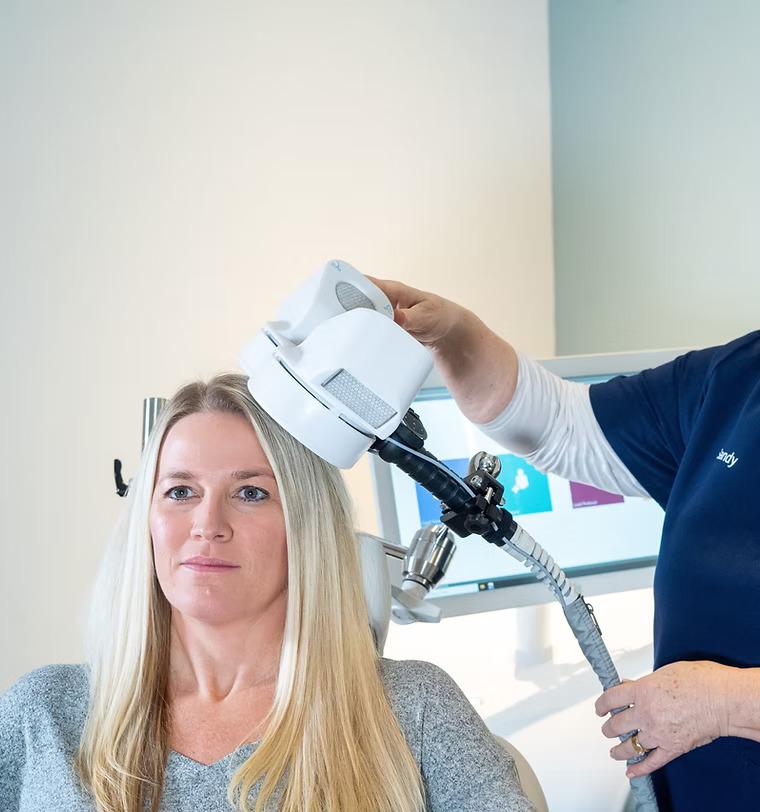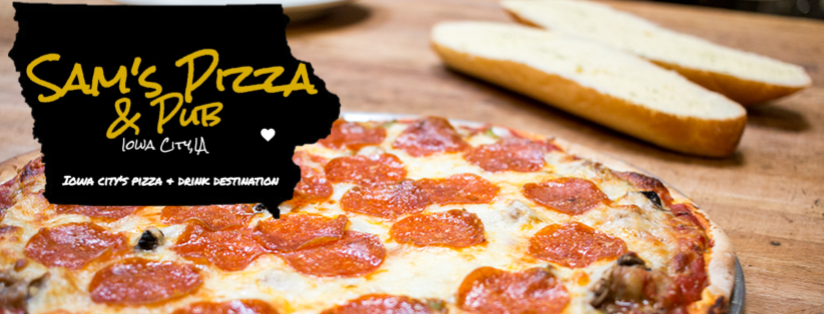Top Surface Finishing Techniques in CNC Machining

CNC machining is known for producing high-precision parts used across industries like aerospace, automotive, medical, and electronics. However, precision alone isn’t always enough—surface finishing is often required to improve aesthetics, functionality, and durability. In this article, we’ll explore the top surface finishing techniques used in CNC machining, how they enhance component performance, and when to use each one.
Whether you're aiming for a polished appearance or need functional improvements like corrosion resistance, understanding these methods can help you select the best option for your next CNC project.
Why Surface Finishing Matters in CNC Machining
Surface finishing in CNC machining is more than just a cosmetic touch. It can:
-
Improve wear and corrosion resistance
-
Enhance fatigue strength
-
Reduce friction or improve adhesion
-
Remove sharp edges or burrs
-
Meet aesthetic or branding requirements
Before applying any finish, the part typically undergoes processes like deburring or sanding to remove imperfections. The choice of finishing technique depends on the material, application, tolerance, and industry standards.
1. Anodizing
Best for: Aluminum and titanium components
Finish: Smooth, corrosion-resistant, and optionally colored
Anodizing is an electrochemical process that converts the surface of the metal into a durable, corrosion-resistant oxide layer. It's particularly common for aluminum parts in aerospace and electronics.
Advantages:
-
Improved corrosion resistance
-
Enhanced surface hardness
-
Dyeing capabilities for aesthetics
-
Electrical insulation
2. Bead Blasting
Best for: Aluminum, steel, titanium
Finish: Matte or satin texture
Bead blasting involves bombarding the part’s surface with small glass or ceramic beads using pressurized air. It creates a uniform, non-reflective surface that looks clean and professional.
Advantages:
-
Removes surface contaminants
-
Hides machining marks
-
Prepares surface for painting or coating
3. Electropolishing
Best for: Stainless steel and other high-grade alloys
Finish: Bright, smooth, and corrosion-resistant
Electropolishing is essentially a reverse electroplating process that removes a thin layer of metal ions from the surface, reducing micro-roughness.
Advantages:
-
Enhances corrosion resistance
-
Reduces friction and bacteria retention (ideal for medical or food-grade parts)
-
Produces ultra-smooth finish
4. Powder Coating
Best for: Steel and aluminum
Finish: Durable, colorful, and impact-resistant
Powder coating involves applying a dry powder electrostatically and curing it under heat to create a protective layer. It’s popular in automotive and consumer products.
Advantages:
-
Wide range of colors and textures
-
Excellent weather and wear resistance
-
Eco-friendlier than liquid painting
5. Brushing
Best for: Aluminum, stainless steel
Finish: Linear, satin texture with visible grain
Brushed finishes are achieved by rubbing the surface with an abrasive belt or pad. It gives a distinctive pattern often used in decorative applications.
Advantages:
-
Visually appealing finish
-
Removes minor surface flaws
-
Used in appliances and decorative fixtures
6. Passivation
Best for: Stainless steel
Finish: Clean, chemically resistant surface
Passivation involves treating stainless steel with acid solutions to remove free iron and enhance corrosion resistance by forming a passive oxide layer.
Advantages:
-
Increases longevity and durability
-
Essential for components used in corrosive environments
-
Often required in medical or food-grade manufacturing
7. Black Oxide Coating
Best for: Steel and stainless steel
Finish: Matte black
Black oxide is a conversion coating used to add a sleek black appearance and mild corrosion resistance.
Advantages:
-
Reduces light reflection
-
Adds minimal thickness
-
Provides aesthetic appeal for tools and hardware
8. CNC Turning and Surface Finishing
While many finishing processes apply to milled parts, turned parts made through CNC turning services often require special attention. Turning operations produce cylindrical parts with rotational symmetry, and surface finishes here directly affect performance in applications like bearings, bushings, and axles.
Precision turning can already produce fine finishes (Ra < 1.6 µm), but for applications where even smoother surfaces are needed, post-processing like polishing or grinding is often added.
9. Tumbling (Vibratory Finishing)
Best for: Small or bulk metal parts
Finish: Smooth or polished depending on media
Tumbling uses abrasive media and vibration or rotation to deburr, clean, or polish multiple parts simultaneously. It's cost-effective for high-volume production.
Advantages:
-
Economical for bulk finishing
-
Removes burrs and sharp edges
-
Improves surface uniformity
10. Painting and Liquid Coatings
Best for: Visual prototypes, branded parts
Finish: Custom color and texture
Unlike powder coating, liquid painting allows for more detailed or gradient effects. However, it may be less durable in high-wear environments.
Advantages:
-
Wide color options
-
Compatible with branding or labeling
-
Suitable for prototype parts
Choosing the Right Surface Finish: Key Factors
When selecting a surface finish for your CNC machined part, consider:
-
Material type – Not all finishes are compatible with all materials
-
Functional requirements – Corrosion resistance, electrical conductivity, etc.
-
Aesthetic preferences – Matte, glossy, colored, etc.
-
Cost and turnaround time – Some finishes require additional tooling or setup
-
Industry standards – Aerospace, medical, and food-grade components have strict requirements
Consulting a professional machining provider can help ensure your surface finishing aligns with performance and cost expectations.
Conclusion
Surface finishing techniques are essential to enhancing the function, appearance, and durability of CNC machined parts. Whether you need anodizing for corrosion resistance, bead blasting for a clean matte finish, or CNC turning services to produce smooth, high-precision cylindrical parts, understanding the range of options available is key to optimizing your project.
By choosing the right surface finish, you not only extend the life of your components but also ensure they meet the demands of their intended applications—both visually and mechanically.
Need expert CNC turning or surface finishing solutions? Explore our professional cnc turning services tailored to meet high-precision standards across industries.








